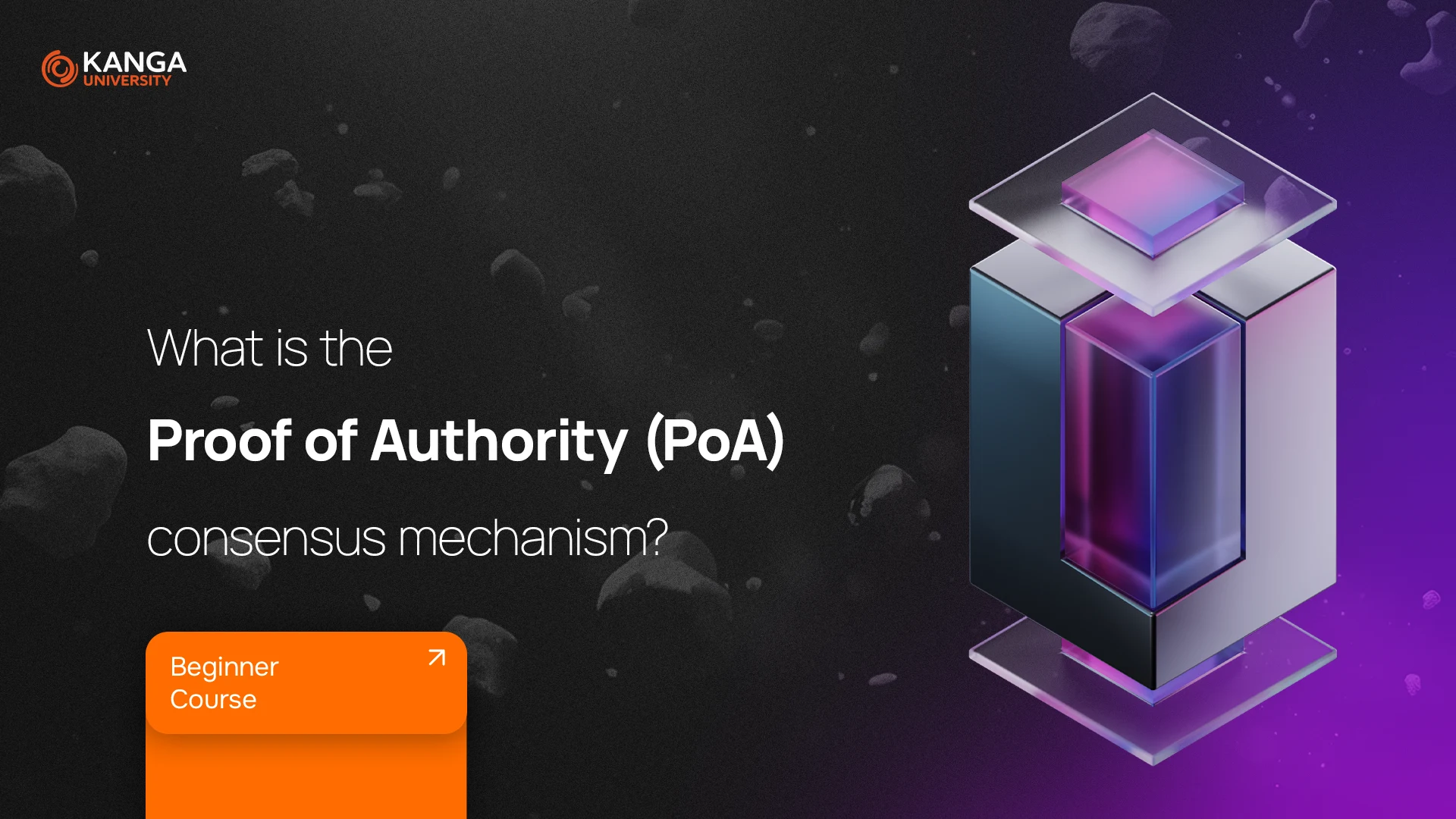
In the world of cryptocurrencies and blockchain, the security and reliability of a network depend on consensus mechanisms. Until now, we have often encountered Proof of Work (PoW) and Proof of Stake (PoS)—systems where users compete to approve new blocks by solving mathematical puzzles or by staking their tokens. Today, we will explore a different approach: Proof of Authority (PoA).
What Is Proof of Authority?
Proof of Authority is a consensus mechanism in which new blocks are approved not by massive computing power or token staking, but through identity and reputation. Unlike PoW and PoS systems, validators in a PoA system are not anonymous. Instead, a central authority selects trusted nodes to verify transactions, ensuring that only verified participants have the right to validate new blocks.
How Does Proof of Authority Work?
In a PoA mechanism, everything comes down to trust and identification:
- Validator Authorization: Every node that wishes to serve as a validator must undergo a rigorous verification process. Only individuals with confirmed qualifications and reputation are granted the authority to validate.
- Digital Signatures: A validator approves a transaction with their unique private key, and the other nodes verify this signature using the corresponding public key. This process allows everyone to confirm the authenticity of the transaction.
- Fast Consensus: The number of validators in a PoA system is usually small, which allows for a very quick consensus. For example, in the VeChain network, new blocks are generated roughly every 10 seconds.
Advantages and Disadvantages of Proof of Authority
Advantages:
- Cost Efficiency: PoA does not require expensive mining equipment or token staking, which significantly reduces operating costs.
- Low Computing Power Requirement: The system operates with minimal energy consumption, resulting in a smaller environmental footprint.
- High Security: Regular audits and the verification of validators ensure a high standard of data protection.
Disadvantages:
- Centralization: Trust is placed in selected, verified nodes, meaning that PoA systems are less decentralized compared to PoW or PoS.
- Limited Scalability: Due to the limited number of validators, the system might struggle to handle a very high volume of transactions.
- Reduced Flexibility: This model works best for private or smaller blockchains; in global networks, it may raise concerns about centralization.
Comparison with Proof of Work and Proof of Stake
While PoW and PoS allow any user who meets certain conditions to participate in the transaction approval process, PoA emphasizes transparency and accountability by making validator identities public.
- Proof of Work requires enormous computing power, leading to high energy consumption and costs.
- Proof of Stake relies on token investments, which can lead to power concentration among the largest holders.
- Proof of Authority uses a system where only selected, verified validators can approve new blocks, allowing for a faster and more economical process, albeit at the cost of complete decentralization.
Summary
Proof of Authority is an innovative consensus mechanism that shows how blockchain security and efficiency can also be achieved through trusted, verified nodes. Although this model works exceptionally well in smaller, private networks, it does raise debates over centralization. As blockchain technology continues to evolve, it will be interesting to see how PoA is adopted and refined over time.